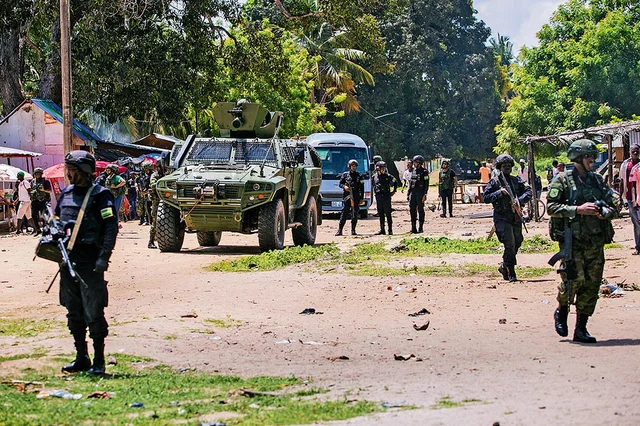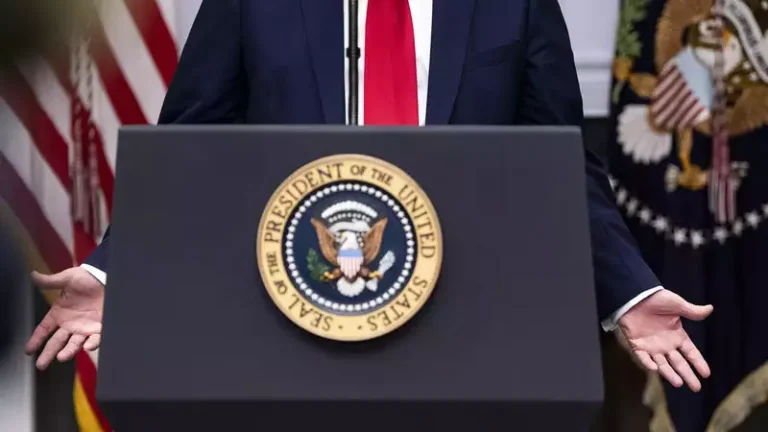
When examining the ongoing conflicts across Africa, themes of war, unrest, and political instability dominate the narrative. Despite various efforts to foster peace—such as the African Union’s (AU) 2020 initiative, “Silencing the Guns”—violence and instability continue to plague numerous regions. This initiative, a cornerstone of the AU’s Agenda 2063, envisions a peaceful, integrated, and prosperous Africa by the centenary of the Organisation of African Unity’s (OAU) founding in 1963. However, achieving this ambitious vision remains a daunting task as conflicts persist, emerge, and resurface across the continent.
In 2024, 35 non-international armed conflicts (NIACs) were identified in Sub-Saharan Africa. These conflicts included unrest in countries such as Burkina Faso, Cameroon, the Central African Republic (CAR), the Democratic Republic of the Congo (DRC), Ethiopia, Mali, Mozambique, Nigeria, Senegal, Somalia, South Sudan, and Sudan. Numerous armed groups challenge government authority or engage in internecine conflicts.
Southern Africa: A Complex Landscape
In southern Africa, Mozambique’s Cabo Delgado province has been a hotspot of unrest, facing an Islamist insurgency with support from groups operating across the border in Tanzania. While Rwandan troops were deployed two years ago to restore order and achieve a fragile peace, the underlying issues remain unresolved. Although Mozambique holds elections regularly, these often fail to address deep-rooted political contradictions, resulting in sporadic violence. Currently, post-election violence is a significant concern.
In contrast, countries such as Botswana, Zambia, and Namibia have demonstrated successful democratic transitions, with peaceful elections leading to leadership changes, including instances where opposition parties assumed power. These examples highlight the potential of democratic governance to mitigate conflict when there is a genuine commitment to power-sharing and acceptance of electoral outcomes. Africa recorded 22 elections in 2024.
However, the region is not immune to broader challenges such as economic stagnation, persistent inequality, and governance issues that threaten the stability achieved in some nations.
West Africa: A Region Under Pressure
West Africa faces severe challenges from radical insurgencies and political instability. Groups such as Boko Haram, Islamic State affiliates, and other jihadist movements have entrenched themselves in nations like Nigeria, Niger, Mali, and Burkina Faso, extending across the Sahel region. These insurgencies exploit weak state structures, porous borders, and widespread socio-economic discontent.
Despite significant international efforts, including French and Western troop deployments, insurgencies continue to expand. Some West African countries have shifted away from Western support, seeking alliances with Russia, including the Wagner Group (now rebranded as the Africa Corps), to address security issues. This transition reflects the waning influence of traditional Western powers in the region.
Nigeria, once a dominant power within the Economic Community of West African States (ECOWAS), has struggled with internal challenges, particularly its conflict with Boko Haram in the northern territories. This has diminished its resources and weakened its political leadership. Recent coups in several West African countries further highlight discontent with ECOWAS interventions and reduced deference to AU sanctions and suspensions. Nations such as Burkina Faso, Guinea, Mali, and Niger are exploring alternative strategies to address internal crises.
Central Africa: Persistent Instability
Central Africa remains one of the continent’s most unstable regions. The Central African Republic (CAR) exemplifies these challenges, with over a decade of internal conflict involving various militias vying for control. Despite external involvement, including support from the Wagner Group, no single faction has established lasting dominance, leaving civilians and infrastructure devastated.
The Democratic Republic of Congo (DRC), the region’s largest nation, also struggles with instability. While some areas have achieved fragile peace, others remain plagued by conflicts driven by ethnic divisions, resource competition, and poor governance. A ceasefire agreement between the DRC and Rwanda, mediated by Angola in July 2024, has reduced fighting, but significant concerns persist. Nevertheless, the overall situation in the DRC shows modest improvement compared to previous years, providing a faint hope amidst the turmoil.
Eastern Africa: Heightened Complexities
Eastern Africa continues to experience some of the continent’s most enduring and intricate conflicts. Somalia, embroiled in civil war for decades, remains a fragmented nation. The central government in Mogadishu exerts limited authority over autonomous regions like Somaliland, Puntland, and Jubaland, which are often backed by competing external powers, including Gulf nations and Turkey.
External involvement has transformed Somalia’s conflict into a broader geopolitical struggle, with periodic piracy, as witnessed in 2023-2024, posing threats to global maritime trade.
Ethiopia, once regarded as a regional stabilizer, has descended into chaos due to unresolved political tensions. Its ethnic federalism, designed to manage diversity, collapsed when Tigray revolted against the central government. While Tigray’s forces have been subdued, tensions with Amhara and Oromo militias have escalated. Eritrea’s resurgence as a military power has further complicated the situation.
Sudan’s internal conflicts have intensified, with rival factions competing for dominance. Kenya, however, has demonstrated progress with peaceful elections, although corruption and taxation issues remain pressing concerns, sparking unrest earlier in 2024.
Shared Themes in Africa’s Conflicts
A World Bank report suggests that Africa’s conflicts are not primarily due to its ethno-linguistic diversity but rather stem from poverty, weak political institutions, and over-reliance on natural resources. These challenges persist across the continent:
- Youthful Populations and Rising Expectations: Africa’s youthful demographic is increasingly aware of global opportunities through education, urbanization, and technology. However, unmet expectations often lead to frustration, resulting in unrest. The availability of arms, intended for counter-terrorism, has exacerbated violence.
- Election-Related Challenges: While elections are central to democracy, they frequently spark conflict. Disputed outcomes often lead to violence, as seen in countries like Senegal and Ghana. Yet, the successful elections in 22 nations demonstrate resilience.
- Economic Stagnation and Resource Competition: Economic growth has slowed in recent years, even in major economies like Nigeria and South Africa. Resource scarcity has intensified competition, further destabilizing fragile political systems, with climate change exacerbating the situation.
The Role of the African Union
The African Union (AU), established in 2002 to replace the OAU, aims to resolve conflicts through “African solutions for African problems.” However, its mechanisms face significant limitations:
- The Peace and Security Council (PSC): Its interventions are often selective.
- The Panel of the Wise: Despite its potential, it is underutilized.
- The Continental Early Warning System (CEWS): Credibility and effectiveness remain issues.
- The Peace Fund: Reliance on external donors hampers independence.
Regional standby forces also face challenges, with delays in deployment often requiring external intervention.
The Path Forward
Africa’s persistent conflicts stem from deep political, economic, and social complexities. Strengthening AU mechanisms, fostering political will, and addressing socio-economic inequalities are vital to realizing the AU’s Agenda 2063 vision of a peaceful, integrated, and prosperous continent. By generating employment, reducing corruption, and ensuring fairness, Africa can mitigate unrest and unlock its vast potential.
